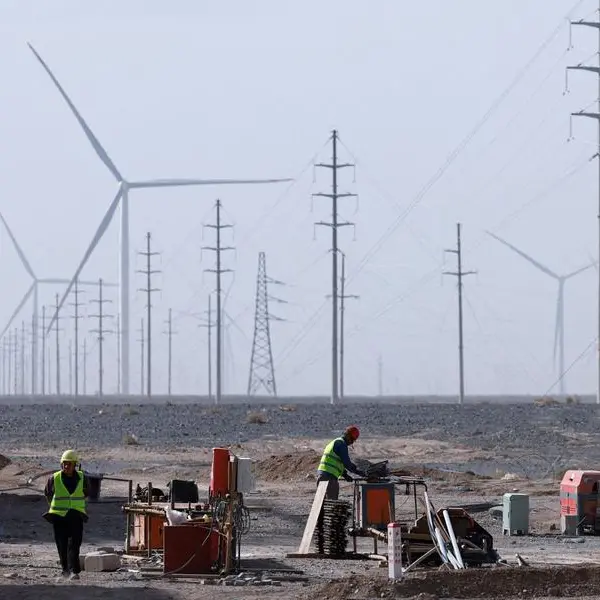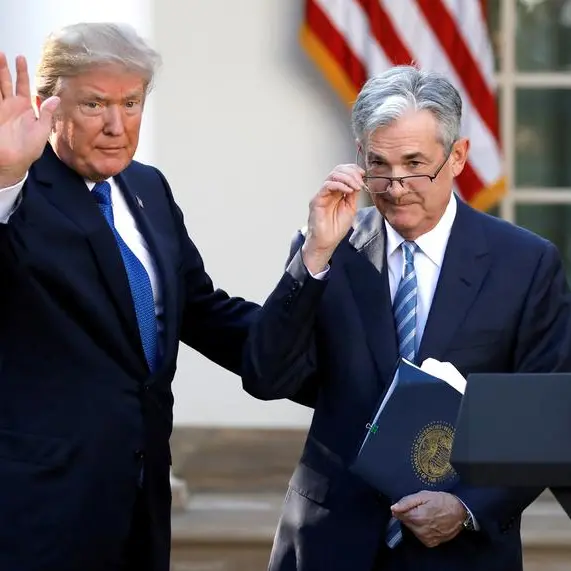PHOTO
FILE PHOTO: A food delivery worker rides past an urban village in Shenzhen's Futian district, Guangdong province, China May 31, 2022. Picture taken May 31, 2022. REUTERS/David Kirton/File Photo Image used for illustrative purpose.
HONG KONG/SHANGHAI - As China builds fewer houses and bridges, its consumers buy cheaper, less-healthy meals, and as factories and farms invest in automation, a new fiscal challenge is emerging: the country's obesity rate may grow much faster and add to healthcare costs.
Job stress, long work hours and poor diets are growing high- risk factors in the cities, while in rural areas, agriculture work is becoming less physically demanding and inadequate healthcare is leading to poor screening and treatment of weight problems, doctors and academics say.
China is facing a twin challenge that feeds its weight problem: In a modernising economy underpinned by technological innovation, more jobs have become static or desk-bound, while a prolonged slowdown in growth is forcing people to adopt cheaper, unhealthy diets.
With housing and infrastructure already abundant, for instance, millions of workers have switched from construction and manufacturing jobs to driving for ride-sharing or delivery companies in recent years.
In a deflationary environment, consumers prefer cheaper meals, which can be unhealthy. Parents cut down on swimming or other sport classes. China's fast food market is expected to reach 1.8 trillion yuan ($253.85 billion) in 2025, from 892 billion yuan in 2017, according to Daxue Consulting.
"Economic downturns often lead to changes in peoples lifestyles," said Yanzhong Huang, senior fellow for global health at the Council on Foreign Relations. "Dietary habits may become irregular, and social activities might decrease."
"These alterations in daily routines can contribute to an increased incidence of obesity, and consequently, diabetes," he said, adding that he expected obesity rates to continue "rising exponentially, burdening the healthcare system."
In July, Guo Yanhong, a senior official of the National Health Commission (NHC), said that obese and overweight people pose "a major public health issue."
The NHC did not immediately respond to a request for comment.
Xinhua, China's official news agency reported in the same month that more than half of the country's adults are obese or overweight, higher than the 37% estimate provided by the World Health Organisation.
A study by BMC Public Health estimates that costs with weight-related treatments are expected to rise to 22% of the health budget, or 418 billion yuan by 2030, from 8% in 2022. The estimate was "conservative" and did not take into account increases in healthcare costs, it said.
That will add further strain on indebted local governments and reduce China's ability to direct resources to more productive areas to stimulate growth.
AWARENESS CAMPAIGN
China's NHC and 15 other government departments in July launched public awareness efforts to fight obesity. The campaign, set to last for three years, is built around eight slogans: "lifelong commitment, active monitoring, a balanced diet, physical activity, good sleep, reasonable targets and family action."
Health guidelines were distributed to primary and secondary schools in July urging regular screening, daily exercise, hiring nutritionists and implementing healthy eating habits – including lowering salt, oil and sugar.
The WHO defines an overweight person as someone with a body mass index (BMI) of 25 or higher, while the BMI threshold for obesity is 30.
Only 8% of Chinese are considered obese, higher than neighbouring Japan and South Korea, but far lower than the United States' 42% rate, WHO data show.
That's in part because it's a relatively new problem in China, which has experienced widespread famine as recently as the 1960s.
"China has undergone an epidemiological transition where diseases associated with under-nutrition have changed to an increase of those with unhealthy diets and sedentary lifestyles," said Christina Meyer, health policy analyst at RTI International in Seattle.
STRUCTURAL FACTORS
As consumers and workers adapt to the structural changes in an economy urbanizing rapidly in the coming decade, many overweight Chinese could cross the obesity threshold, doctors say.
"The economic downturn in China could lead to an increase in the consumption of low-quality foods, such as fast food, due to income declines," said Jun Sung Kim, an economist at Sungkyunkwan University in South Korea.
"This, in turn, may contribute to obesity."
China's fresh push to increase urbanisation rates is a particular concern in light of its "996" culture of working 12-hour shifts, six days a week.
Pui Kie Su, general practitioner at Raffles Hospital Beijing says some patients report eating to "de-stress" from work.
The proportion of obese boys in China jumped to 15.2% in 2022 from 1.3% in 1990, trailing the United States' 22%, but higher than Japan's 6%, Britain's and Canada's 12% and India's 4%. Obesity in girls rose to 7.7% in 2022 from 0.6% in 1990.
Many students buy snacks around the school gate or on their way home that are usually high in salt, sugar and oil, says Li Duo, chief professor of nutrition at Qingdao University.
Li added that the government should “further communicate” with food companies, schools, communities and retailers about the risks of obesity caused by junk food or sweetened beverages.
“China should ban the sale of junk food and sugary drinks in schools, and there should be no shops selling junk food within a certain distance around schools." ($1 = 7.0908 Chinese yuan renminbi)
(Writing by Farah Master; editing by Marius Zaharia and Shri Navaratnam)























